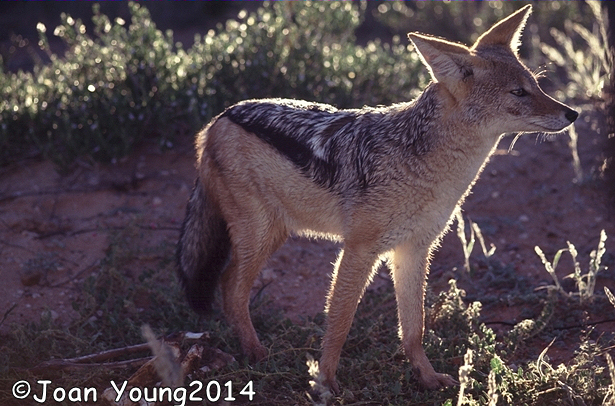“I have spent nearly 40 years living and working in the bush, loving every minute of every day. When I started with macro photography, I discovered a whole new world! Everything from insects to flowers …… so many wonderful shapes and colours that are often not that obvious to the naked eye. Some of the tiniest critters are often the most beautiful.”

How did you become a citizen scientist? What was the catalyst that got you going?
Very early on in my career I discovered that, sadly, many people were obvious to the amazing world of fauna and flora. So I made it my mission to share all the fascinating things I found in nature with others. At the time, there were very few field guide books available, and those that were around were expensive. On top of that, the distribution maps in the books were often inaccurate as I was discovering species far outside their represented ranges. I started a website to help people identify critters, because I was receiving so many emails from people asking me “what is this?”. A few years down the line a friend told me about the Virtual Museum and its biodiversity mapping projects, naturally I jumped at the chance to contribute my photographs.
What has been the highlight for you?
There is just too many highlights to mention, as each discovery of something new is so exciting to me. Hardly a week goes by that I don’t come across something wonderful. The more I find, the more I want to find and the more I want to learn!

How has being a citizen scientist changed your view of the world?
I never considered myself to be a citizen scientist, only an educator, someone who wanted to discover as much as possible about fauna and flora and to share that knowledge with others so that they could love and respect nature too. I think the whole idea of using enthusiasts like myself is fantastic, it’s great to know that we can help scientists collect valuable data on species distributions. We desperately need up to date maps, especially with current rates of human encroachment on the natural environment.
What does the term “citizen scientist” mean to you?
I had been asked to contribute my data and photographs to various other projects before I learnt about the Virtual Museum. I feel the Virtual Museum has given me the chance to really be useful and make a difference. Citizen science has given my life more purpose.

What are you still hoping to achieve? This might be in terms of species, coverage, targets …
I will go on photographing and learning something new every day about fauna and flora, until the day I die or my eyes get too poor to take photographs! It is such a pity that I never had formal training, as I would love to go out into the field and help on science projects at a higher level, but often one needs a formal scientific background in order to be considered for such work. Citizen science has given me the opportunity to make a difference where I can.
What resources have been the most helpful? (And how can they be made better?)
Books on certain fauna like moths and mushrooms have been very hard to come by, but luckily through the years I have met and worked with wonderful scientists and I am so grateful for their patience and help. Photographs are not always sufficient for identifying a critter to species level. There are many species that I have been trying to identify for year, but I still do not have names for them. I would love to contribute as much data as I can. I am concerned that the undocumented species could end up on the extinction list without us even knowing!

How do you react to the statement that “Being a citizen scientist is good for my health, both physical and mental!”?
I can’t see myself retiring and sitting at home watching TV all day! Getting out into nature has helped me to stay healthy and mentally alert. I love spending time outdoors, walking or hiking and keeping a sharp lookout for anything of interest. I would have aged at least ten years by now without my photography and the Virtual Museum projects.
What do you see as the role which citizen science plays in biodiversity conservation? What is the link?
Citizen scientists often have more opportunities than professionals to get out and about and find species. Citizen scientists help to fill a huge gap in data collection that would otherwise cost thousands of Rands, and take up big chunks of time and effort if left to one researcher or institution. Many hands make light work as they say. The whole idea of using the public to contribute to science is one of the best ideas I have ever come across! 🙂


So glad someone has given Joan the recognition she deserves.